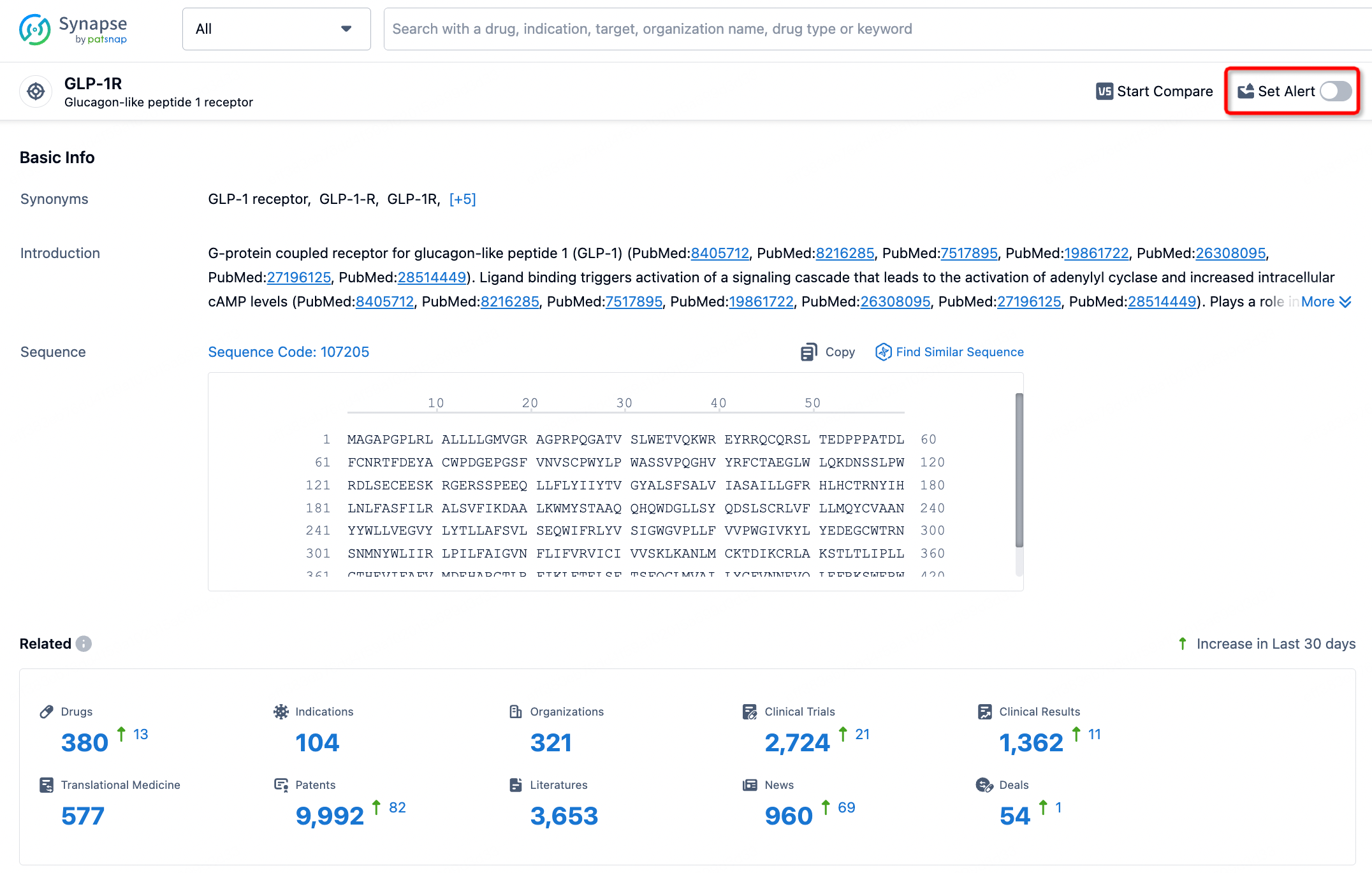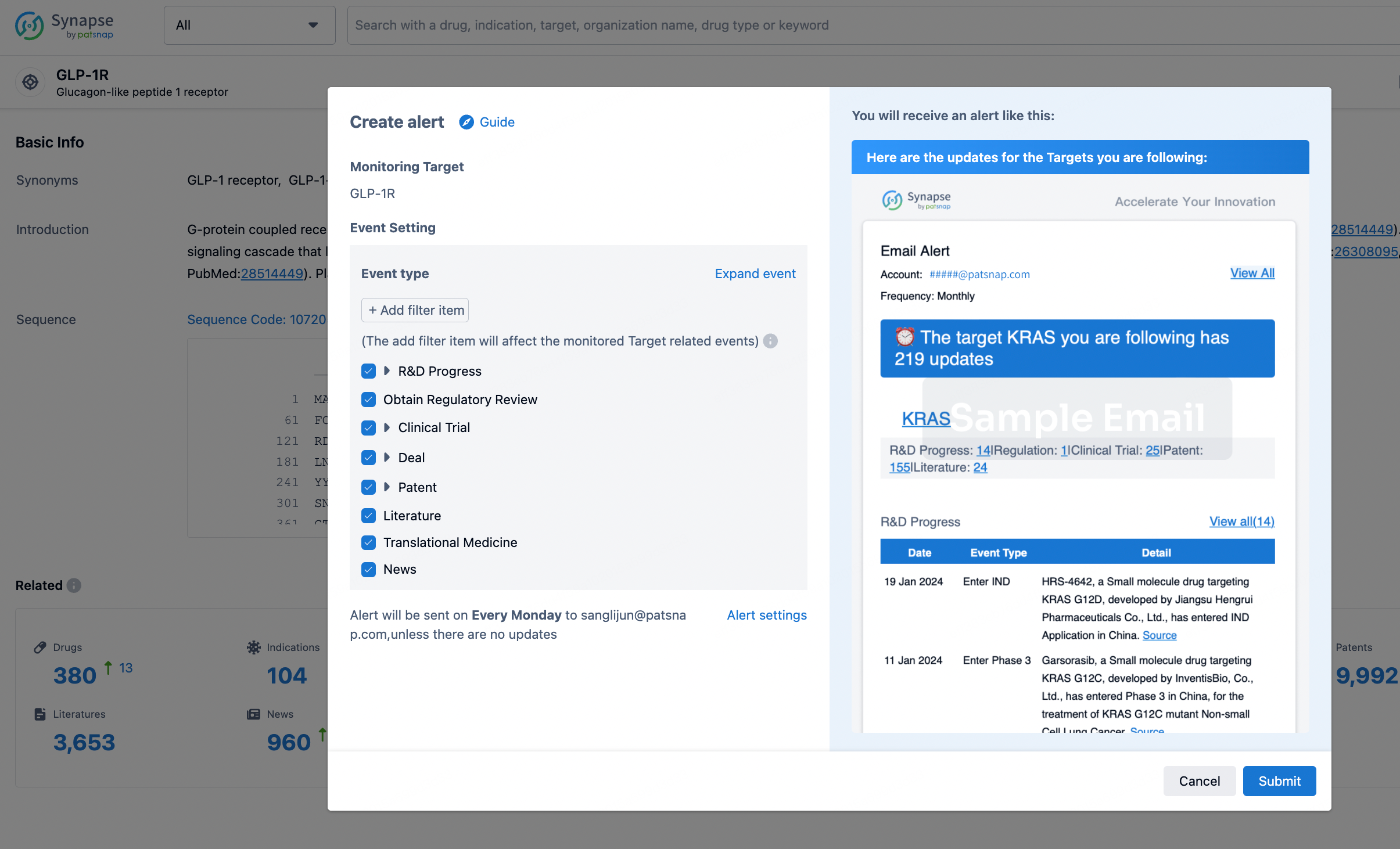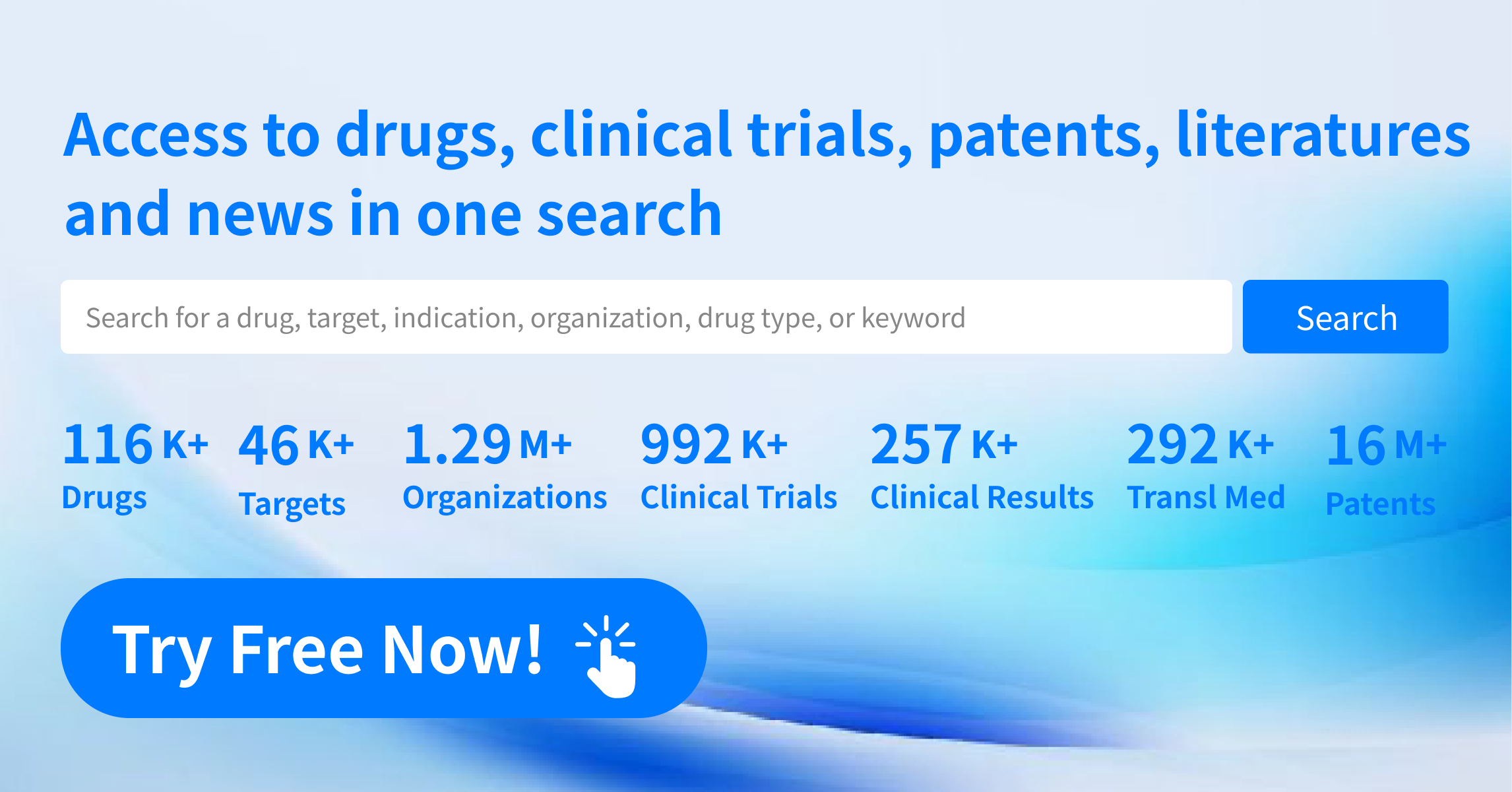Request Demo
What are PfDHODH inhibitors and how do they work?
25 June 2024
Introduction to PfDHODH Inhibitors
Malaria remains one of the most formidable public health challenges globally, particularly in tropical and subtropical regions. The disease, caused by the Plasmodium parasite, results in millions of infections and hundreds of thousands of deaths annually. Among the various strategies to combat malaria, the development of novel antimalarial drugs is a critical area of research. One promising avenue in this field is the investigation of PfDHODH inhibitors. PfDHODH, or Plasmodium falciparum dihydroorotate dehydrogenase, is an enzyme vital for the survival of the malaria parasite. Blocking this enzyme presents a novel and effective method to disrupt the parasite's lifecycle, providing a potential new class of antimalarial agents.
How Do PfDHODH Inhibitors Work?
To understand how PfDHODH inhibitors work, it is essential to understand the role of PfDHODH in the malaria parasite's biology. Plasmodium falciparum, the deadliest species of the malaria parasite, relies on the de novo pyrimidine biosynthesis pathway for the production of pyrimidines, which are the building blocks for DNA and RNA synthesis. This pathway is essential for the rapid cell division and growth of the parasite.
PfDHODH is a crucial enzyme in this pathway. It catalyzes the oxidation of dihydroorotate to orotate, the fourth step in the pyrimidine biosynthesis process. Without this enzyme, the parasite cannot produce the necessary pyrimidines, leading to a halt in its replication and, ultimately, its death. PfDHODH inhibitors work by specifically binding to and inhibiting the activity of the PfDHODH enzyme. This inhibition disrupts the pyrimidine biosynthesis pathway, depriving the parasite of the essential components needed for its growth and survival.
These inhibitors have an advantage over traditional antimalarial drugs, which often target the parasite during its blood stage. By targeting the PfDHODH enzyme, these inhibitors can potentially affect the parasite at multiple stages of its lifecycle, including the liver stage, where the parasite first infects the host, and the blood stage, where it causes the symptoms of malaria.
What Are PfDHODH Inhibitors Used For?
PfDHODH inhibitors are primarily being investigated as potential antimalarial agents. Given the increasing resistance of Plasmodium falciparum to existing antimalarial drugs, there is an urgent need for new therapeutics that operate through novel mechanisms of action. PfDHODH inhibitors represent such a novel mechanism, offering hope for effective treatment options against drug-resistant strains of the parasite.
Several PfDHODH inhibitors have shown promise in preclinical studies. For instance, DSM265, a PfDHODH inhibitor, has demonstrated efficacy in both in vitro and in vivo models of malaria. It has the potential to be used as both a therapeutic and prophylactic agent, meaning it could treat active malaria infections and prevent future infections in individuals at risk. Another inhibitor, DSM267, has also shown potential for long-acting malaria prophylaxis, which could significantly improve malaria control and eradication efforts.
Additionally, PfDHODH inhibitors could be used in combination with other antimalarial drugs to enhance their efficacy and reduce the likelihood of resistance development. Combination therapy is a proven strategy in the fight against malaria, as it targets the parasite through multiple mechanisms, decreasing the chances of the parasite developing resistance to all the drugs in the combination.
Beyond their application as antimalarial agents, PfDHODH inhibitors also present an exciting opportunity for the development of broad-spectrum antiparasitic drugs. The pyrimidine biosynthesis pathway is conserved across various parasitic organisms, suggesting that inhibitors of PfDHODH might also be effective against other parasitic infections.
In conclusion, PfDHODH inhibitors represent a promising frontier in the fight against malaria. By targeting a critical enzyme in the parasite's pyrimidine biosynthesis pathway, these inhibitors offer a novel mechanism of action that could overcome the challenges posed by drug-resistant strains of Plasmodium falciparum. As research and development efforts continue, PfDHODH inhibitors have the potential to become a cornerstone in the arsenal of antimalarial therapies, bringing hope to millions affected by this devastating disease.
Malaria remains one of the most formidable public health challenges globally, particularly in tropical and subtropical regions. The disease, caused by the Plasmodium parasite, results in millions of infections and hundreds of thousands of deaths annually. Among the various strategies to combat malaria, the development of novel antimalarial drugs is a critical area of research. One promising avenue in this field is the investigation of PfDHODH inhibitors. PfDHODH, or Plasmodium falciparum dihydroorotate dehydrogenase, is an enzyme vital for the survival of the malaria parasite. Blocking this enzyme presents a novel and effective method to disrupt the parasite's lifecycle, providing a potential new class of antimalarial agents.
How Do PfDHODH Inhibitors Work?
To understand how PfDHODH inhibitors work, it is essential to understand the role of PfDHODH in the malaria parasite's biology. Plasmodium falciparum, the deadliest species of the malaria parasite, relies on the de novo pyrimidine biosynthesis pathway for the production of pyrimidines, which are the building blocks for DNA and RNA synthesis. This pathway is essential for the rapid cell division and growth of the parasite.
PfDHODH is a crucial enzyme in this pathway. It catalyzes the oxidation of dihydroorotate to orotate, the fourth step in the pyrimidine biosynthesis process. Without this enzyme, the parasite cannot produce the necessary pyrimidines, leading to a halt in its replication and, ultimately, its death. PfDHODH inhibitors work by specifically binding to and inhibiting the activity of the PfDHODH enzyme. This inhibition disrupts the pyrimidine biosynthesis pathway, depriving the parasite of the essential components needed for its growth and survival.
These inhibitors have an advantage over traditional antimalarial drugs, which often target the parasite during its blood stage. By targeting the PfDHODH enzyme, these inhibitors can potentially affect the parasite at multiple stages of its lifecycle, including the liver stage, where the parasite first infects the host, and the blood stage, where it causes the symptoms of malaria.
What Are PfDHODH Inhibitors Used For?
PfDHODH inhibitors are primarily being investigated as potential antimalarial agents. Given the increasing resistance of Plasmodium falciparum to existing antimalarial drugs, there is an urgent need for new therapeutics that operate through novel mechanisms of action. PfDHODH inhibitors represent such a novel mechanism, offering hope for effective treatment options against drug-resistant strains of the parasite.
Several PfDHODH inhibitors have shown promise in preclinical studies. For instance, DSM265, a PfDHODH inhibitor, has demonstrated efficacy in both in vitro and in vivo models of malaria. It has the potential to be used as both a therapeutic and prophylactic agent, meaning it could treat active malaria infections and prevent future infections in individuals at risk. Another inhibitor, DSM267, has also shown potential for long-acting malaria prophylaxis, which could significantly improve malaria control and eradication efforts.
Additionally, PfDHODH inhibitors could be used in combination with other antimalarial drugs to enhance their efficacy and reduce the likelihood of resistance development. Combination therapy is a proven strategy in the fight against malaria, as it targets the parasite through multiple mechanisms, decreasing the chances of the parasite developing resistance to all the drugs in the combination.
Beyond their application as antimalarial agents, PfDHODH inhibitors also present an exciting opportunity for the development of broad-spectrum antiparasitic drugs. The pyrimidine biosynthesis pathway is conserved across various parasitic organisms, suggesting that inhibitors of PfDHODH might also be effective against other parasitic infections.
In conclusion, PfDHODH inhibitors represent a promising frontier in the fight against malaria. By targeting a critical enzyme in the parasite's pyrimidine biosynthesis pathway, these inhibitors offer a novel mechanism of action that could overcome the challenges posed by drug-resistant strains of Plasmodium falciparum. As research and development efforts continue, PfDHODH inhibitors have the potential to become a cornerstone in the arsenal of antimalarial therapies, bringing hope to millions affected by this devastating disease.
How to obtain the latest development progress of all targets?
In the Synapse database, you can stay updated on the latest research and development advances of all targets. This service is accessible anytime and anywhere, with updates available daily or weekly. Use the "Set Alert" function to stay informed. Click on the image below to embark on a brand new journey of drug discovery!
AI Agents Built for Biopharma Breakthroughs
Accelerate discovery. Empower decisions. Transform outcomes.
Get started for free today!
Accelerate Strategic R&D decision making with Synapse, PatSnap’s AI-powered Connected Innovation Intelligence Platform Built for Life Sciences Professionals.
Start your data trial now!
Synapse data is also accessible to external entities via APIs or data packages. Empower better decisions with the latest in pharmaceutical intelligence.


